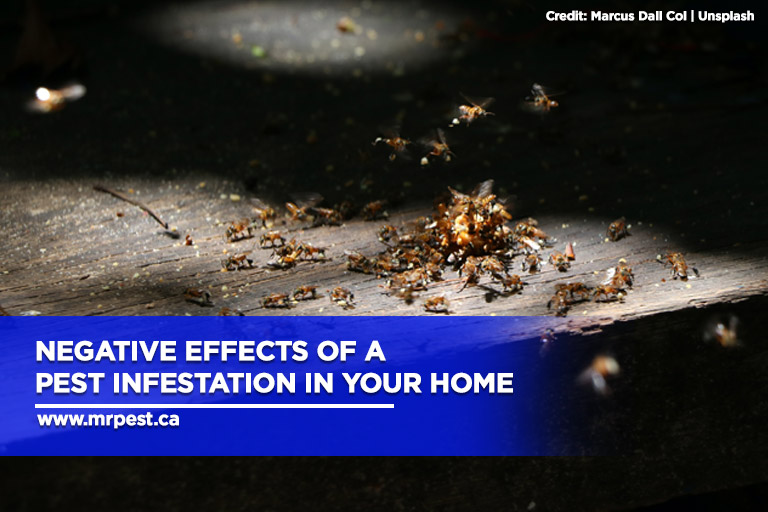8 Easy Facts About Eco Bed Bug Exterminators Dc Described
8 Easy Facts About Eco Bed Bug Exterminators Dc Described
Blog Article
Little Known Questions About Eco Bed Bug Exterminators Dc.
Table of ContentsHow Eco Bed Bug Exterminators Dc can Save You Time, Stress, and Money.The Basic Principles Of Eco Bed Bug Exterminators Dc Examine This Report about Eco Bed Bug Exterminators DcThe Buzz on Eco Bed Bug Exterminators DcThe Ultimate Guide To Eco Bed Bug Exterminators Dc
Since chemicals are poisonous, they are additionally potentially unsafe to humans, animals, various other microorganisms, and the setting. Individuals who utilize chemicals or consistently come in call with them should understand the relative toxicity, possible health results, and preventative actions to minimize exposure to the items they utilize. Danger, or threat, of making use of chemicals is the capacity for injury, or the level of threat associated with making use of a chemical under a given set of problems.
Applicators can reduce or virtually remove exposure-- and hence reduce threat-- by complying with the tag instructions, using personal safety clothes and equipment (PPE), and taking care of the pesticide appropriately. Even more than 95 percent of all chemical direct exposures come from facial exposure, mainly to the hands and forearms. By wearing a set of unlined, chemical-resistant handwear covers, this type of direct exposure can be almost eliminated.
The harmful results that take place from a single exposure by any kind of course of entrance are labelled "severe effects." The 4 courses of exposure are dermal (skin), inhalation (lungs), dental (mouth), and the eyes. Intense poisoning is established by checking out the facial poisoning, breathing poisoning, and oral poisoning of test animals.
An Unbiased View of Eco Bed Bug Exterminators Dc
Intense toxicity is determined as the amount or focus of a toxicant-- the a.i.-- required to kill half of the animals in a test population. This step is usually expressed as the LD50 (lethal dose 50) or the LC50 (deadly concentration 50). In addition, the LD50 and LC50 worths are based on a single dose and are recorded in milligrams of pesticide per kilo of body weight (mg/kg) of the examination animal or in parts per million (ppm).
The reduced the LD50 or LC50 worth of a chemical item, the higher its toxicity to humans and pets. Chemicals with a high LD50 are the least harmful to humans if utilized according to the directions on the item tag. The chronic poisoning of a chemical is established by subjecting guinea pig to long-lasting direct exposure to the active component.
The chronic toxicity of a pesticide is harder than intense toxicity to figure out with laboratory evaluation. Products are classified on the basis of their family member severe toxicity (their LD50 or LC50 worths). Pesticides that are identified as extremely toxic (Toxicity Group I) on the basis of either dental, dermal, or breathing poisoning should have the signal words risk and POISON published in red with a skull and crossbones symbol plainly displayed on the front panel of the bundle tag.
The intense (solitary dosage) dental LD50 for chemical items in this group varies from a trace quantity to 50 mg/kg. For instance, direct exposure of a couple of decreases of a product taken by mouth might be deadly to a 150-pound person. Some pesticide items have just the signal word DANGER, which tells you nothing concerning the intense toxicity, simply that the item can trigger severe eye damages or severe skin irritation
Indicators on Eco Bed Bug Exterminators Dc You Need To Know
In this group, the acute dental LD50 arrays from 50 to 500 mg/kg. A tsp to an ounce of this product might be fatal to a 150-pound person (bed bug treatment). Chemical items classified as either a little hazardous or relatively safe (Poisoning Categories III and IV) are needed to have the signal word CAUTION on the chemical tag

Getting My Eco Bed Bug Exterminators Dc To Work
All pesticide toxicity valuesPoisoning including the LD50, can be found on the product's Material Safety Data Sheet InformationMSDS). Chemical labels and MSDS can be obtained from sellers or manufactures. Additionally, the majority of products likewise know that can be located on the net. The signs of chemical poisoning can range from a moderate skin irritation to coma or perhaps death.
People also vary in their level of sensitivity to various levels of these chemicals. next page Some individuals may show no reaction to an exposure that might create extreme illness in others (exterminator DC). Due to prospective health and wellness issues, pesticide users and trainers need to recognize the common indications and signs of pesticide poisoning. The results, or signs and symptoms, of chemical poisoning can be generally specified as either topical or systemic.
What Does Eco Bed Bug Exterminators Dc Mean?
Dermatitis, or inflammation of the skin, is accepted as the most frequently reported topical impact associated with pesticide direct exposure. Some people often tend to cough, wheeze, or sneeze when revealed to chemical sprays.
This signs and symptom generally subsides within a few mins after a person is gotten rid of from the exposure to the toxic irritant. Nevertheless, a reaction to a chemical item that triggers a person not just to sneeze and cough yet likewise to establish serious acute respiratory signs and symptoms is more probable to be a true hypersensitivity or allergy.
Systemic impacts are fairly different from topical results. They often take place away from the initial factor of contact as an outcome of the pesticide being taken in into and dispersed throughout the body. Systemic impacts frequently include queasiness, throwing up, tiredness, frustration, and intestinal conditions. In sophisticated poisoning situations, the individual may experience modifications in heart rate, trouble breathing, convulsions, and coma, which can bring about fatality.
Report this page